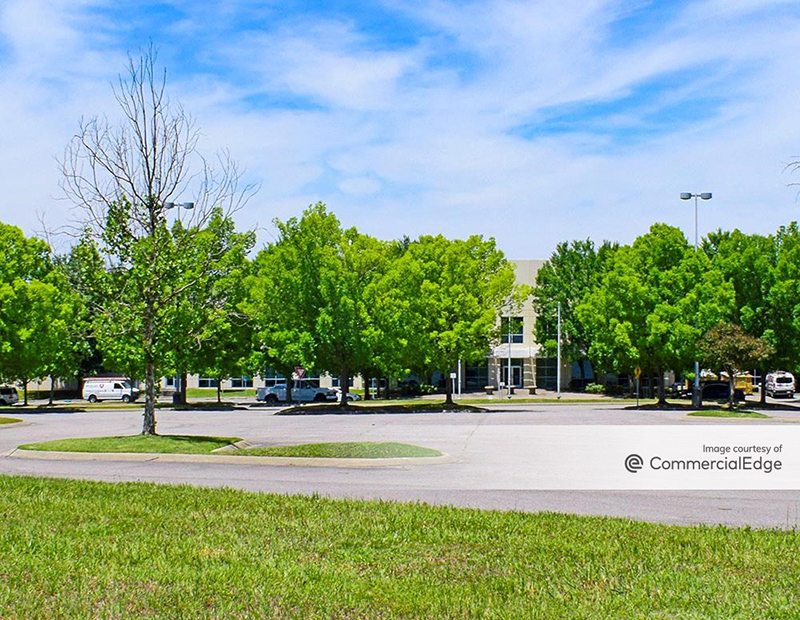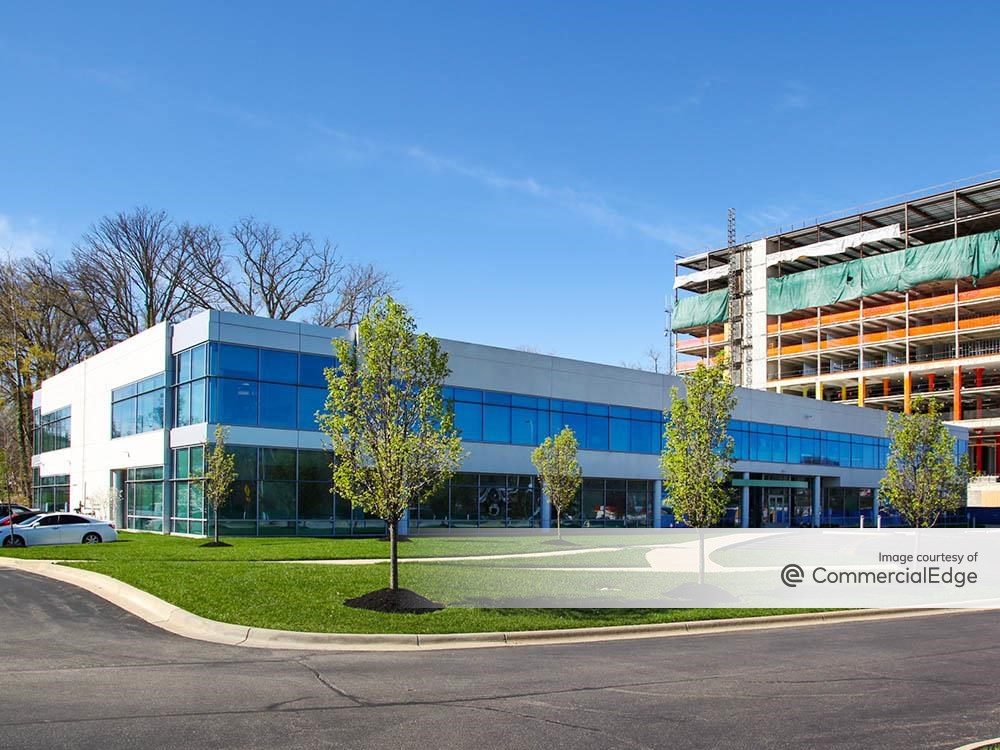No Bottom Yet for Residential Market
Despite poor consumer confidence and sour housing numbers, U.S. equity markets had a fairly positive day Tuesday, with the Dow Jones index ending up 184.46 points, or about 2.17 percent, and the S&P 500 and Nasdaq up 2.44 percent and 2.67 percent, respectively. Possibly investors were responding to the news that GMAC, the former financing…
Despite poor consumer confidence and sour housing numbers, U.S. equity markets had a fairly positive day Tuesday, with the Dow Jones index ending up 184.46 points, or about 2.17 percent, and the S&P 500 and Nasdaq up 2.44 percent and 2.67 percent, respectively. Possibly investors were responding to the news that GMAC, the former financing arm of beleaguered automaker GM, managed to finagle $5 billion from TARP in return for preferred shares and warrants.
No one expected positive housing numbers from Tuesday’s publication of the October S&P/Case-Shiller Home Prices Indices, but in the end they were sobering anyway. Besides a 20-city average price drop of 18 percent compared with a year ago, the October tally again showed that parts of the Sunbelt and the West Coast are taking it the hardest when it comes to housing. In other words, the bigger the bubble, the louder the pop.
The steepest declines were in Phoenix (down 32.7 percent), Las Vegas (down 31.7 percent), San Francisco (down 31.0 percent), and Miami (down 29.0 percent), all of which saw insane price hikes until about mid-2006. Much of the housing price decline is likely attributable to the high foreclosure rates. Foreclosed properties have been flooding many housing markets–and places such as Phoenix and Las Vegas in particular–thus driving inventory up, and average prices down. Also, when they do sell, such foreclosed properties tend to go for a significant discount, which has been another factor in driving average sales prices down.
Is there any hint of a bottom to the housing market? “Unfortunately, the housing market still has too much downward momentum to see any signs of bottoming out,” Patrick Newport, a real estate economist at IHS Global Insight, told CPN on Tuesday. “The number of houses on the market is at an all-time high, and so that inventory has to be worked through. But more than that, it isn’t clear yet whether any efforts to slow down foreclosures are going to be successful next year. We don’t yet know what it will take to achieve that goal.”
Retail is bound to be affected more than any other commercial property type by the ill tidings in the housing markets. The effect is already all too clear: SpendingPulse estimated on the day after Christmas that retail sales dropped an average of about 4 percent in the period November 1 to December 24, 2008, compared with the same period a year before.
The Grinch really stole Christmas when it came to luxury sales at tony department stores, posh leather-goods boutiques, and carriage-trade jewelry stores. Holiday-season sales at such luxury retailers were down 34.5 percent compared with 2007, according to SpendingPulse. Retail property owners will have to deal with higher vacancies and lower rents next year. The National Association of Realtors is predicting that U.S. retail vacancies will rise to 12.7 percent by 3Q09, compared with 9.8 percent in the third quarter of this year. Average rents are predicted to fall 7.3 percent next year as well.






